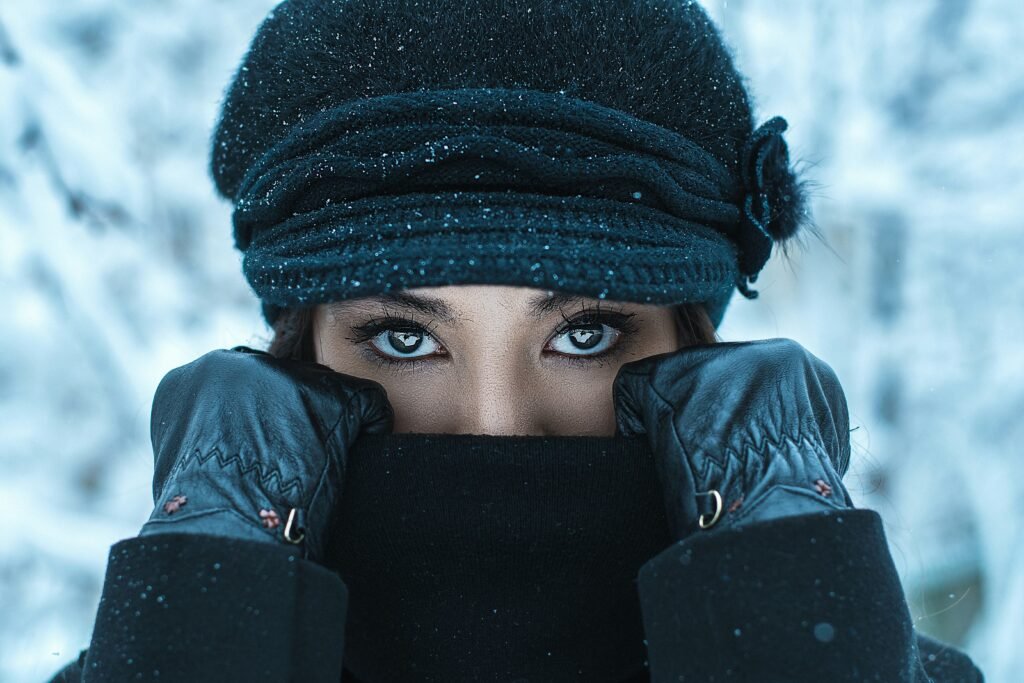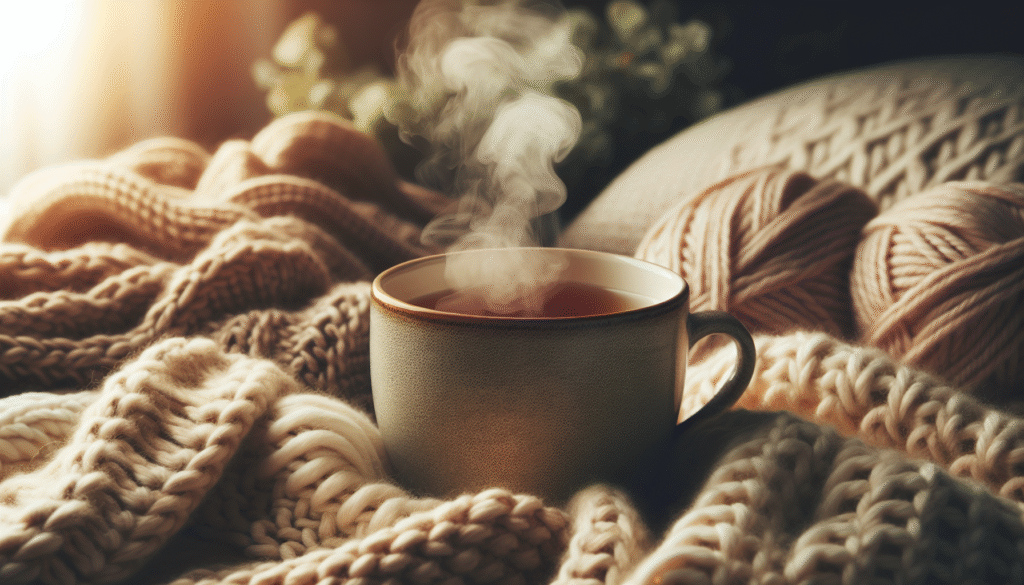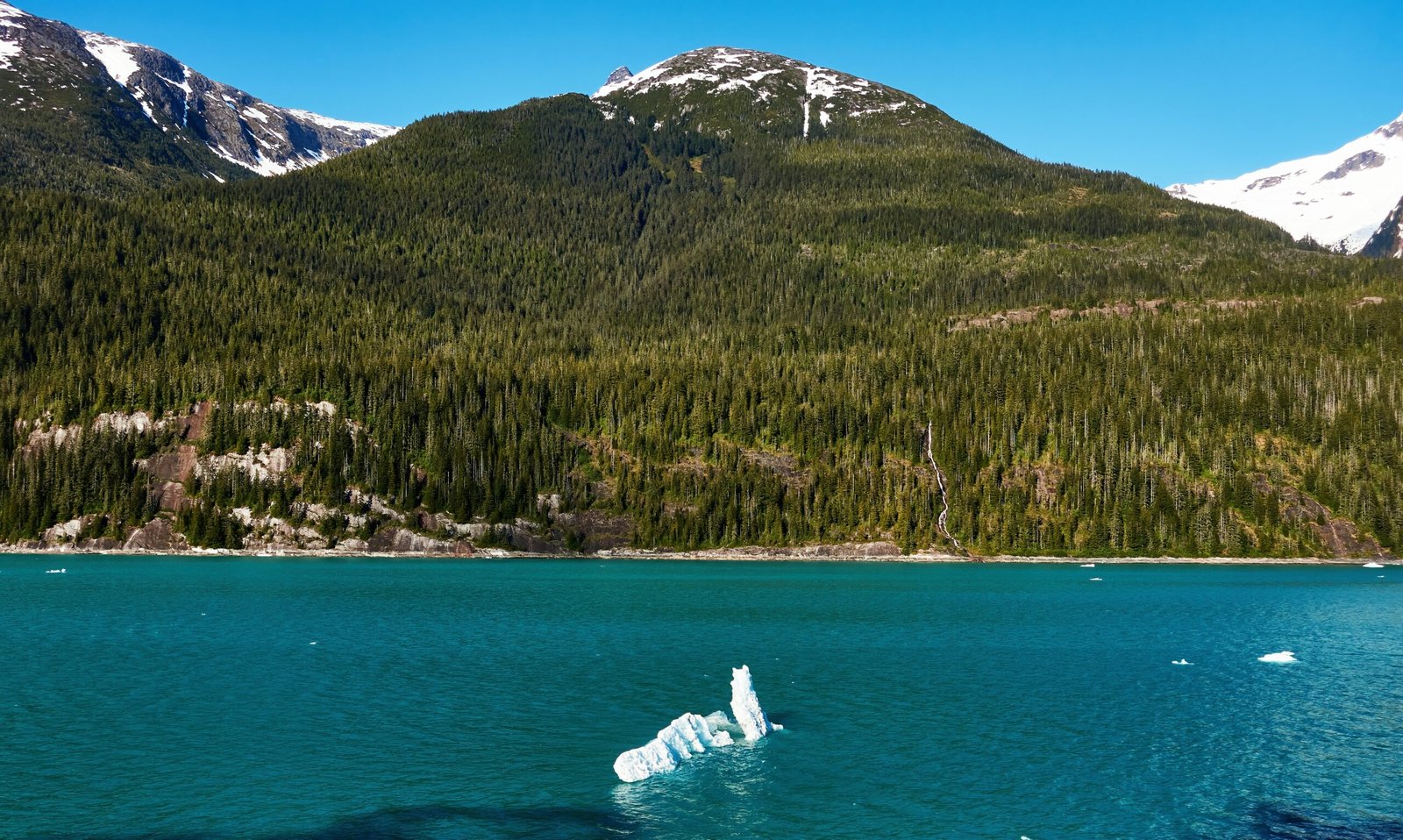Have you ever found yourself shivering uncontrollably after spending too much time outdoors in chilly weather? You’re not alone. Understanding how to effectively rewarm your body after cold exposure is not just a matter of comfort—it’s vital for your health and safety. Let’s take a closer look at the science behind rewarming and what you can do to get your body back to its optimal temperature.
Understanding Cold Exposure
Cold exposure occurs when your body is subjected to low temperatures, which can lead to several physiological responses designed to protect you from the cold. These responses can affect how your body feels, functions, and ultimately, how it rewarms itself.
The Body’s Response to Cold
When you’re cold, your body initiates several processes to conserve heat. These include:
- Vasoconstriction: Blood vessels narrow to reduce blood flow to the skin, preserving warmth in your core.
- Shivering: Muscles contract rapidly, generating heat through movement.
- Metabolic Rate Increase: Your body may increase its metabolism to generate more heat.
Understanding these responses helps you to better manage your rewarming strategies.
Types of Cold Exposure
Cold exposure can be acute or chronic, and the type of exposure matters when it comes to rewarming strategies.
Acute Cold Exposure
Acute cold exposure happens quickly, such as when you step outside on a chilly day or fall into cold water. In these situations, you need to act fast to prevent hypothermia or frostbite. Recognizing the signs of acute cold exposure includes symptoms like shivering, numbness in fingers or toes, and excessive fatigue.
Chronic Cold Exposure
Chronic cold exposure occurs over longer periods and is often seen in individuals living in colder climates or those engaging in outdoor activities regularly in the winter. This can lead to adaptive changes in your body, like improved tolerance to cold, yet it can also pose risks if not managed properly.

How Your Body Loses Heat
To effectively warm yourself up, it’s important to understand how your body loses heat in the first place. Heat loss primarily occurs through four mechanisms:
| Mechanism | Description |
|---|---|
| Conduction | Heat loss through direct contact with a colder surface. |
| Convection | Heat loss through the movement of air or water. |
| Radiation | Heat loss through infrared radiation without direct contact. |
| Evaporation | Heat loss through moisture on the skin evaporating. |
Understanding these mechanisms empowers you to implement rewarming strategies that target each type of heat loss.
Initial Rewarming Steps
After exposure to cold, your immediate goal is to prevent further heat loss and initiate the rewarming process. Here are some steps you can take initially:
Get Out of the Cold
First things first: remove yourself from the cold environment. You want to limit your exposure to further cold stimuli. This might mean heading indoors or finding shelter.
Remove Wet Clothing
If your clothing is wet, it increases heat loss through conduction and evaporation. Change into dry clothes as soon as possible to help retain body heat.
Insulate Your Body
Use blankets, sleeping bags, or any available material to trap heat. The aim is to create layers of insulation that minimize heat loss.

Active Rewarming Techniques
Once you’ve stabilized your situation, it’s time to adopt active rewarming methods. Active rewarming involves generating body heat through metabolism or external sources. Here’s how:
Warm, Non-Alcoholic Beverages
Drinking warm non-alcoholic beverages like herbal teas or warm water can be a fantastic way to raise your core temperature from within. It also hydrates you, which is crucial since dehydration can impair your body’s ability to regulate temperature.
Warm Bath or Shower
Taking a warm bath or shower is one of the most effective ways to achieve rapid rewarming. Immersing your body in warm water allows for significant heat transfer. Just be careful to avoid water that is too hot, as sudden temperature changes can cause shocks to your system.
Heating Pads and Warm Compresses
Applying heating pads or warm compresses to key areas where blood flow is strong, like the neck, armpits, and groin, can rapidly increase your body temperature. These areas have a higher concentration of blood vessels, allowing heat to be quickly transferred to the rest of your body.
The Importance of Core Temperature
Your body has a critical core temperature that must be maintained for optimal physiological function. Let’s break down some key aspects of core temperature regulation.
What Happens When You Get Too Cold
When your core temperature drops below 95°F (35°C), your body begins to experience hypothermia, which can lead to severe complications—including confusion, lethargy, and, in extreme cases, death. Monitoring your temperature after cold exposure is key to preventing life-threatening conditions.
Signs of Hypothermia
Recognizing the signs of hypothermia can save your life or even the life of someone else. Key symptoms include:
- Intense shivering
- Slurred speech
- Slow, shallow breathing
- Weak pulse
- Confusion or drowsiness
If you notice any of these symptoms in yourself or others, it’s crucial to seek help immediately and begin rewarming efforts.

Effective Rewarming Strategies
Now that you understand the mechanisms involved, let’s break down specific strategies you can adopt for optimal rewarming after cold exposure.
Layering Your Clothing
Layering is a practical approach to rewarming. Don’t simply throw on one thick layer; instead, use multiple layers made of different materials. Here’s how a layering system works:
| Layer Type | Purpose | Recommended Materials |
|---|---|---|
| Base Layer | Wicks moisture away from skin | Synthetic fibers or merino wool |
| Insulation Layer | Traps heat | Fleece, down, or synthetic insulation |
| Shell Layer | Protects against wind and moisture | Waterproof and breathable fabrics |
Each layer has a specific role, and together they create a comprehensive defense against cold.
Physical Activity
Keep moving! Physical activity generates heat through muscle contraction and raises your overall body temperature. Simple movements like walking or doing jumping jacks can make a significant difference, but avoid strenuous activity if you’re already severely cold as it could lead to exhaustion.
Heat Packs
Using heat packs can be an excellent way to provide localized warmth. These packs can be activated and placed in your gloves, pockets, or under your clothing to target areas that are losing heat quickly.
Massage Techniques
Gentle massage can stimulate blood flow in your extremities, helping to gradually bring warmth back into your body. This can be an effective way to regain sensation in numb hands or feet after cold exposure.
Diet and Nutrition for Rewarming
What you eat can also influence your body’s ability to warm itself up. Nutrition plays a vital role in thermoregulation, especially after cold exposure.
Foods to Boost Body Heat
- Complex Carbohydrates: Foods like oats, whole grains, and sweet potatoes provide energy that fuels your body’s heat production.
- Healthy Fats: Incorporating fats such as avocados, nuts, and seeds can provide sustained energy for metabolism.
- Protein: Lean meats, legumes, and dairy can help your body generate heat through protein metabolism.
Stay Hydrated
Hydration is often overlooked, yet it’s crucial for maintaining body temperature. When you’re dehydrated, blood circulation suffers, making it harder to warm up. So, keep sipping on warm fluids and hydrating foods, like soups.

Long-Term Adaptation to Cold
If you frequently find yourself in cold environments, your body can adapt through various physiological changes. This long-term adaptation can enhance your tolerance to cold.
Acclimatization
Over time, regular exposure to cold can lead your body to develop a tolerance, known as acclimatization. As you adapt, your body may become more efficient at conserving heat and may even improve blood flow to your extremities.
Building Cold Resistance
Engaging in activities like cold showers or winter swimming can enhance your body’s natural ability to deal with cold. Start slowly and incrementally increase your exposure to allow for safe adjustments.
Conclusion
Rewarming after cold exposure is not just about comfort; it’s a crucial process for ensuring your safety and health. Understanding the mechanisms of heat loss, effective rewarming strategies, and nutrition can make a significant difference.
Through a combination of immediate actions, active rewarming techniques, and long-term adaptations, you can become more resilient to cold. Whether you’re a winter sports enthusiast or just trying to make it through the chilly season, being informed about the science of rewarming can empower you to take control of your body’s temperature regulation.
Remember, keeping warm is not just about bundling up; it’s a strategic process that involves understanding your body, food, hydration, and even active engagement. So the next time you find yourself chilled to the bone, you’ll know exactly how to bring the warmth back!


